A single neuron in C. elegans orchestrates multiple motor outputs through parallel modes of transmission
- PMID: 37769660
- PMCID: PMC10860333
- DOI: 10.1016/j.cub.2023.08.088
A single neuron in C. elegans orchestrates multiple motor outputs through parallel modes of transmission
Abstract
Animals generate a wide range of highly coordinated motor outputs, which allows them to execute purposeful behaviors. Individual neurons in the circuits that generate behaviors have a remarkable capacity for flexibility as they exhibit multiple axonal projections, transmitter systems, and modes of neural activity. How these multi-functional properties of neurons enable the generation of adaptive behaviors remains unknown. Here, we show that the HSN neuron in C. elegans evokes multiple motor programs over different timescales to enable a suite of behavioral changes during egg laying. Using HSN activity perturbations and in vivo calcium imaging, we show that HSN acutely increases egg laying and locomotion while also biasing the animals toward low-speed dwelling behavior over minutes. The acute effects of HSN on egg laying and high-speed locomotion are mediated by separate sets of HSN transmitters and different HSN axonal compartments. The long-lasting effects on dwelling are mediated in part by HSN release of serotonin, which is taken up and re-released by NSM, another serotonergic neuron class that directly evokes dwelling. Our results show how the multi-functional properties of a single neuron allow it to induce a coordinated suite of behaviors and also reveal that neurons can borrow serotonin from one another to control behavior.
Copyright © 2023 The Authors. Published by Elsevier Inc. All rights reserved.
Conflict of interest statement
Declaration of interests The authors declare no competing interests.
Figures
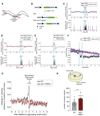
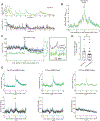

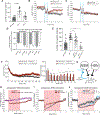
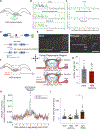
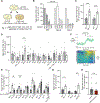
Update of
-
A single neuron in C. elegans orchestrates multiple motor outputs through parallel modes of transmission.bioRxiv [Preprint]. 2023 Apr 2:2023.04.02.532814. doi: 10.1101/2023.04.02.532814. bioRxiv. 2023. Update in: Curr Biol. 2023 Oct 23;33(20):4430-4445.e6. doi: 10.1016/j.cub.2023.08.088. PMID: 37034579 Free PMC article. Updated. Preprint.
References
Publication types
MeSH terms
Substances
Grants and funding
LinkOut - more resources
Full Text Sources
Miscellaneous

